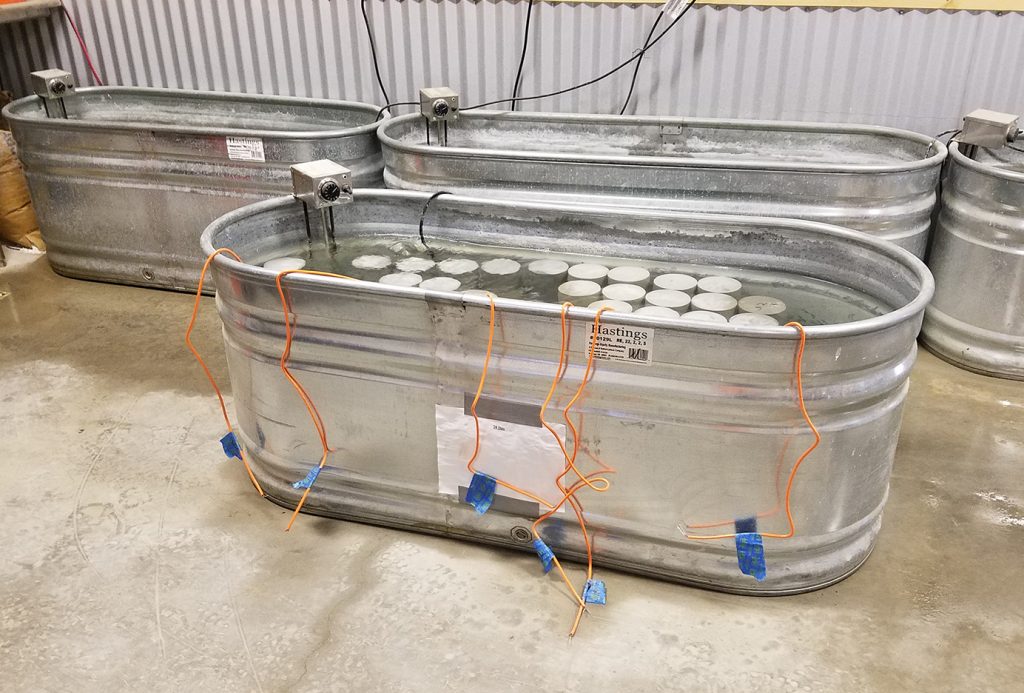A Concrete maturity curve is a graphical representation of the relationship between concrete strength and maturity
Construction teams use the maturity curve of a specific concrete mix to estimate the strength of in-place concrete. Below, you’ll find general information about the concrete maturity curve. This information is a simple introduction—before beginning any maturity project, the details of maturity must be studied in greater detail.

When using the maturity method, construction teams can estimate real-time strength gain of in-place concrete on the job site. There’s no need to waste valuable construction time waiting for the strength of standard test specimens to catch up to the in-place concrete.
Without maturity monitoring, in-place concrete strength is estimated by performing compressive cylinder tests in a laboratory. Relying solely on lab tests requires several specimens and can waste valuable time if a project’s in-place concrete reaches sufficient strength before standard test intervals. In the construction business, time is money.
To save time and money on a project, the construction team monitors maturity to quickly determine when concrete has reached its required strength.
Key Maturity Benefits
- Concrete strength can be evaluated in real-time.
- Less time is spent waiting for test specimens to catch up to concrete strength.
- The number of test specimens required for QC and potentially QA will decrease.
- Tendons may be stressed, forms and shores may be stripped and removed, and loads may be applied sooner than otherwise anticipated.
- Expedited schedules may result in bonuses.



